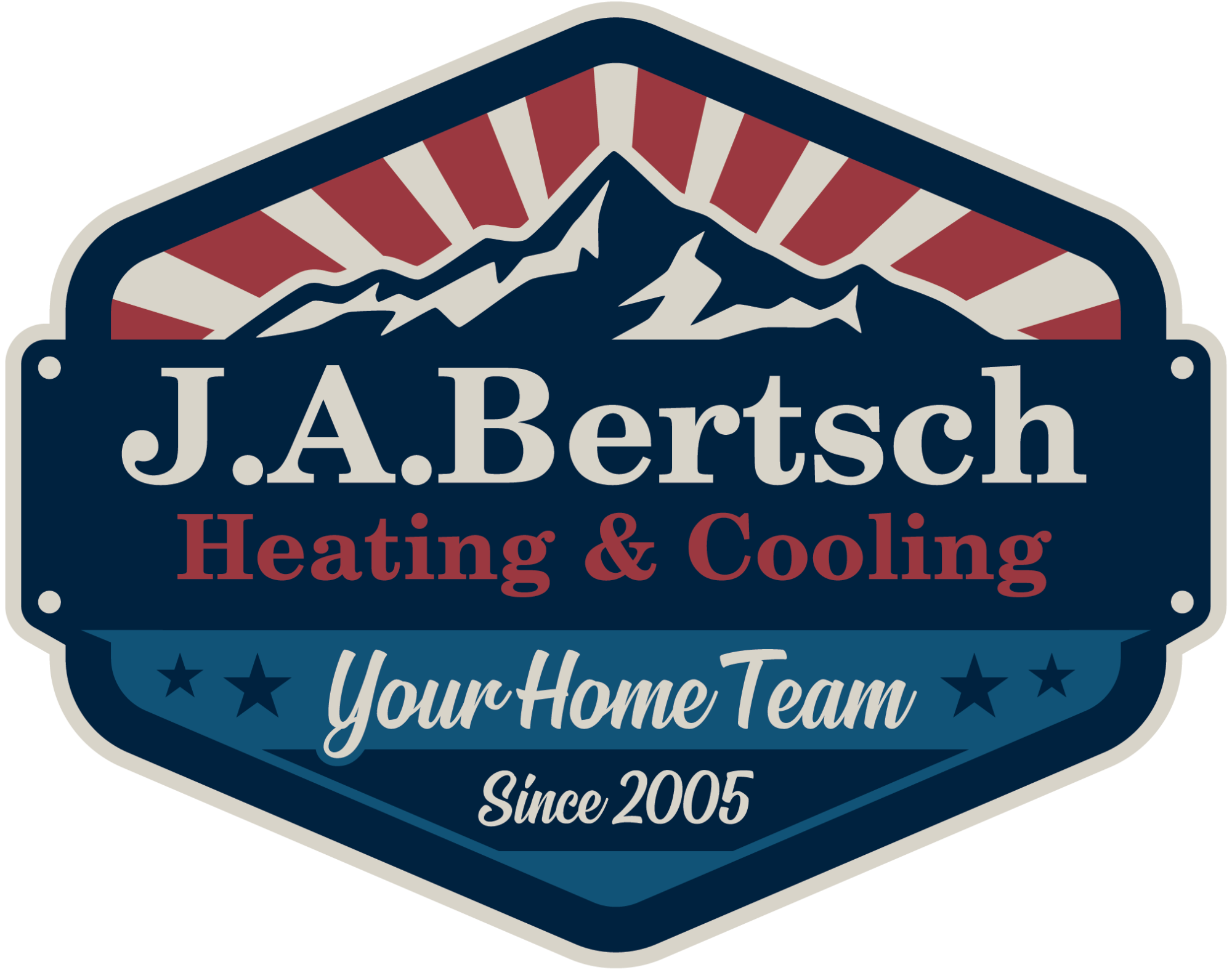Mold in Your HVAC? Here’s What to Do Next
If you’ve recently noticed musty odors, increased allergies, or visible mold around your vents, you’re not alone. HVAC mold is more common than most homeowners realize—especially in damp climates or systems with poor ventilation. Knowing what to do if your HVAC has mold can protect your home’s indoor air quality and prevent costly repairs.
At J.A. Bertsch Heating and Cooling, we’re here to guide you through the signs, risks, and steps you should take to get your system clean and safe again.
Common Signs Your HVAC System Has Mold
Not sure whether mold is the issue? Keep an eye out for these symptoms:
- Musty or mildew smells when the HVAC runs
- Visible mold growth on air vents or ducts
- Increased allergy symptoms indoors
- Frequent headaches or respiratory irritation
- Moisture buildup or standing water near the unit
Mold can grow in both furnace systems and air conditioning units, especially if the system isn’t draining properly or the filters haven’t been changed regularly.
What to Do If Your HVAC Has Mold
Once you suspect mold, taking immediate action is key:
- Turn off your HVAC system. This helps stop mold spores from spreading throughout your home.
- Check and replace air filters. A clogged filter can trap moisture and become a mold breeding ground.
- Schedule a professional HVAC inspection. A certified technician can inspect your system’s components—especially the coils and ductwork—for signs of mold growth.
- Clean ductwork and evaporator coils. Professional cleaning is often necessary to fully remove contamination.
- Consider system upgrades or replacements. If your system is older or constantly dealing with humidity issues, it may be time for a more efficient model.
In cases of severe contamination, we may recommend a full HVAC system replacement to ensure your air stays clean and healthy.
How Mold Affects Your Health and System
Mold in your HVAC system can circulate through your home’s ductwork, leading to poor indoor air quality. For people with asthma, allergies, or compromised immune systems, this can create serious health risks. Even if you don’t have symptoms, mold can still damage your AC unit and reduce overall efficiency.
Regular HVAC maintenance, including cleaning coils, checking for condensation buildup, and changing filters, helps reduce the risk of future mold problems.
Preventing HVAC Mold in the Future
The best way to avoid mold problems is by staying proactive. Here’s how:
- Schedule routine HVAC maintenance
- Use a dehumidifier in moisture-prone areas
- Install a UV light in your HVAC system
- Ensure proper drainage and insulation around the unit
- Replace filters every 1–3 months
If your system is older or has had recurring mold issues, it may be worth exploring a ductless HVAC system for cleaner operation and easier maintenance.
Proudly Serving North Idaho
We proudly provide mold remediation and HVAC services across:
Schedule Your HVAC Mold Inspection Today
If you’re not sure what to do if your HVAC has mold, don’t wait. The longer mold sits in your system, the more damage it can cause—to both your health and your HVAC equipment. Our team at J.A. Bertsch Heating and Cooling is ready to inspect, clean, and restore your system so you can breathe easier again.
Schedule an appointment today or call us to get started.
FAQs
Is HVAC mold toxic?
Some types of mold found in HVAC systems—like black mold (Stachybotrys chartarum)—can produce mycotoxins that may be harmful to your health, especially for people with asthma, allergies, or weakened immune systems. Even non-toxic mold can lead to indoor air quality issues, causing headaches, fatigue, and respiratory irritation when mold spores circulate through your vents.
How can I tell if mold is in my HVAC system?
The most common signs of mold in your HVAC system include a persistent musty smell when the system runs, visible mold around air vents or ductwork, increased allergy or cold-like symptoms, and excessive moisture or condensation near your unit. If your air conditioner smells like mildew or your vents look discolored, it’s time to have your system inspected.
How much does HVAC mold remediation cost?
The cost of HVAC mold removal can range from $600 to $2,000 or more, depending on the extent of the contamination, accessibility of ductwork, and whether components like evaporator coils or air handlers need deep cleaning or replacement. Severe mold cases may also require full HVAC replacement if the system is beyond salvageable.
What are the signs of mold sickness from HVAC exposure?
Exposure to mold circulating through your HVAC system can lead to symptoms like sneezing, coughing, itchy eyes, skin irritation, brain fog, and fatigue. More serious cases of mold sickness may cause difficulty breathing, sinus infections, or persistent headaches, especially in people sensitive to mold spores.
How do I get my HVAC system tested for mold?
Professional HVAC technicians can perform mold inspections using moisture meters, air sampling, and visual checks inside your ductwork, evaporator coil, and blower motor. If needed, lab testing may be used to identify the mold type and spore count. Scheduling a full system inspection is the safest and most accurate way to detect mold in your HVAC.
If you suspect mold in your HVAC system or want a professional inspection, schedule an appointment with J.A. Bertsch Heating and Cooling today. We’ll help restore clean, healthy air to your home.
